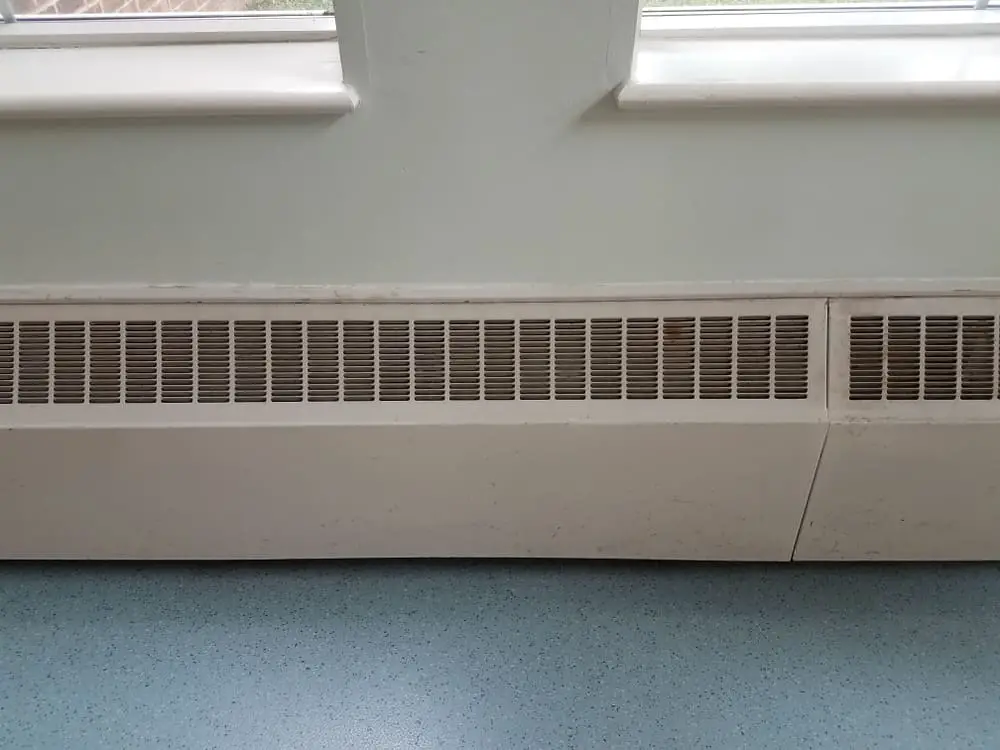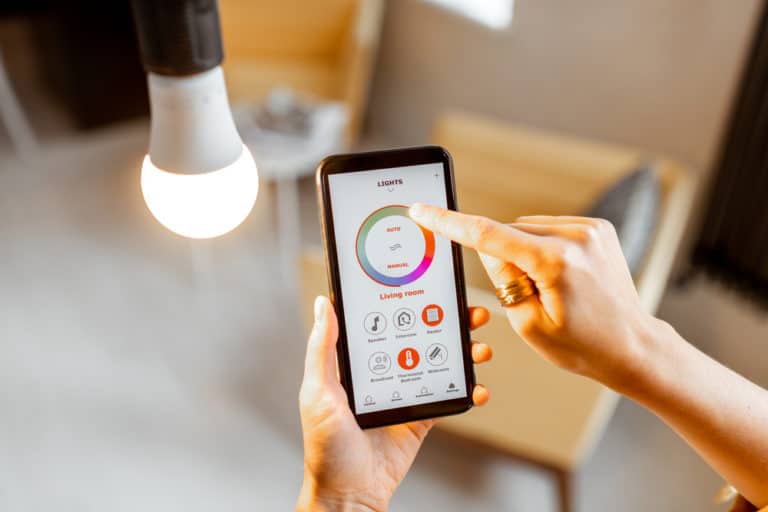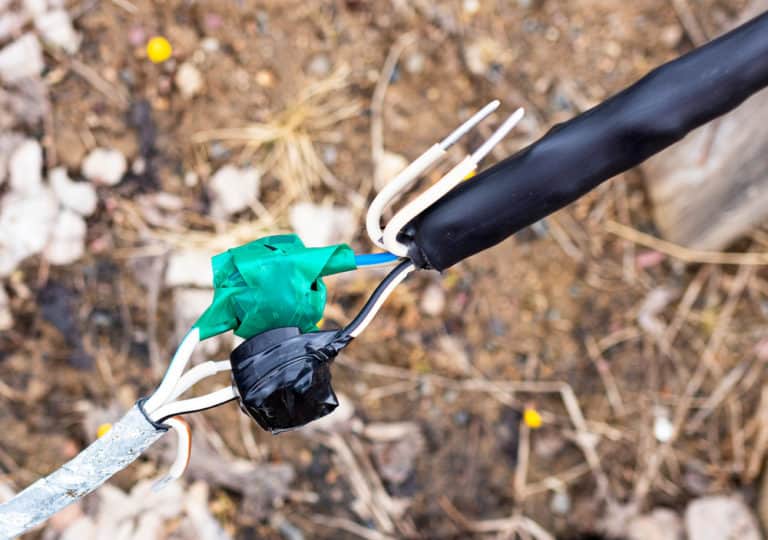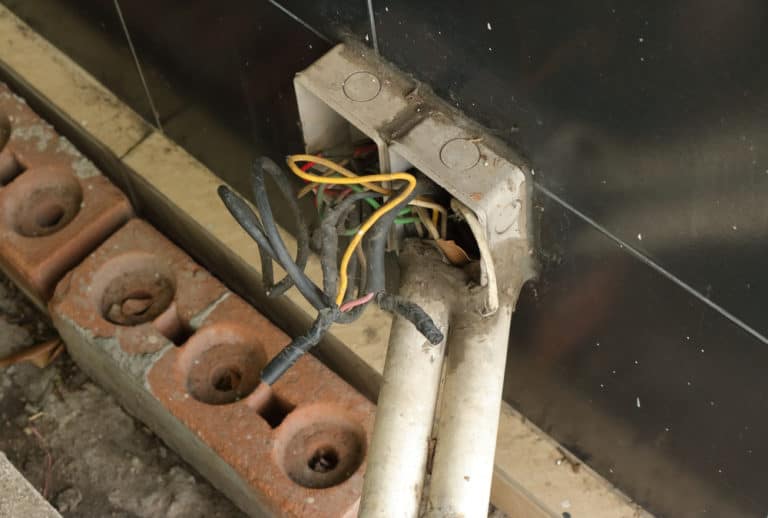Can You Wire a Baseboard Heater to an Electric Outlet?
Some homes have more than one heating system, particularly when they have a basement or an additional room heated by a different unit than the rest of the house. Baseboard heaters are an excellent addition to an area of your home that is drafty or colder than the rest of the house. Baseboard heaters draw more power, so it’s not advisable to wire them to an electric-powered channel.
It’s not a good idea to wire a baseboard heater to an electric outlet. The circuit that supplies an individual outlet has other outlets on it, and in the U.S.A, it’s usually limited to twenty amps total. Wiring a baseboard heater to an outlet almost forbids you to plug in any other devices on that same circuit. The fuse might blow, or the breaker might trip.
Most baseboard heaters require 240 volts; receptacles are only 120 volts. It would be best if you circuited the baseboard heater directly into your home heating system through its circuit breaker or fuse box. You can use either copper wires or aluminum wires, depending on the type of connection needed.
What is a Baseboard Heater?
A baseboard heater, also known as a convector heater, is a type of heating system that provides radiant heat. It heats the air and objects in its vicinity directly by conduction rather than warming up the air around it like an electric fan or furnace.
While not often used as a primary heat source, electric baseboard heaters are an excellent option for supplemental heat. They are relatively inexpensive to operate and easy to install. They can be floor- or wall-mounted, depending on the model you choose.
There are two varieties of baseboard heaters: electric 120-volt and 240-volt. 240-volt models run at lower amperage due to high voltage. They also tend to be slightly more energy-efficient than 120-volt heaters and hydronic (sometimes called “radiant”).
It is not safe to wire A baseboard heater to an electric outlet. The receptacle and wiring may not handle heat generated in the wire and box due to the high current used, nor the heat transferred from the terminals of the heater to the metal of the case.
Risks of Wiring a Baseboard Heater to an Electric Outlet
- Grounding Failure. Ground failure is the situation when a hot wire makes contact with either the grounding wire or a grounded portion of the system, such as a metal electrical box. Some baseboard heaters have three-prong cords that fit into grounded outlets. It ensures that they are grounded and limits the risk of electrical shock as well as equipment malfunction. But when you wire a baseboard heater to an electric outlet, there is a reduction in resistance that causes current to flow in an unimpeded fashion. The danger of ground failure increases if you wire the heater to an electric outlet, and it could cause a shock if you are in contact with the path.
- Power Overload. Electric baseboard heaters draw more power than an electric outlet can supply. Plugging several power-hungry pieces of equipment into different sockets connected to the same electric line can cause an overload. In particular, the baseboard heater will extract more power than the wiring can handle, especially when in use.
- Electrical Fire. If there is insufficient insulation on the wires, it could lead to a short circuit and result in an electrical fire. It is also possible that the cables could heat up enough to start a fire. The wiring may not handle the increased power load, which could result in overheating. Electrical fire is one of the fatal household disasters.
- Decreased Voltage. The lower the voltage, the less energy is available to transfer heat. When your home’s wiring system can’t provide enough power for all your appliances and devices, it will try harder by operating at a reduced voltage level. At this reduced voltage, some non-240V pieces of equipment may not work correctly or even shut off completely. It could lead you to believe something is wrong with the device when it might be okay but not getting sufficient electrical current due to low supply voltage.
- Hazardous Risk of Shock. Many cheap quality outlets are not grounded, and electricity may seek the path of least resistance through your body, which could cause death or injury. If the wiring method in your home is properly grounded, it might supply enough power for the heater, but if you plug other appliances into those outlets without proper grounding, there could be a risk of shock.
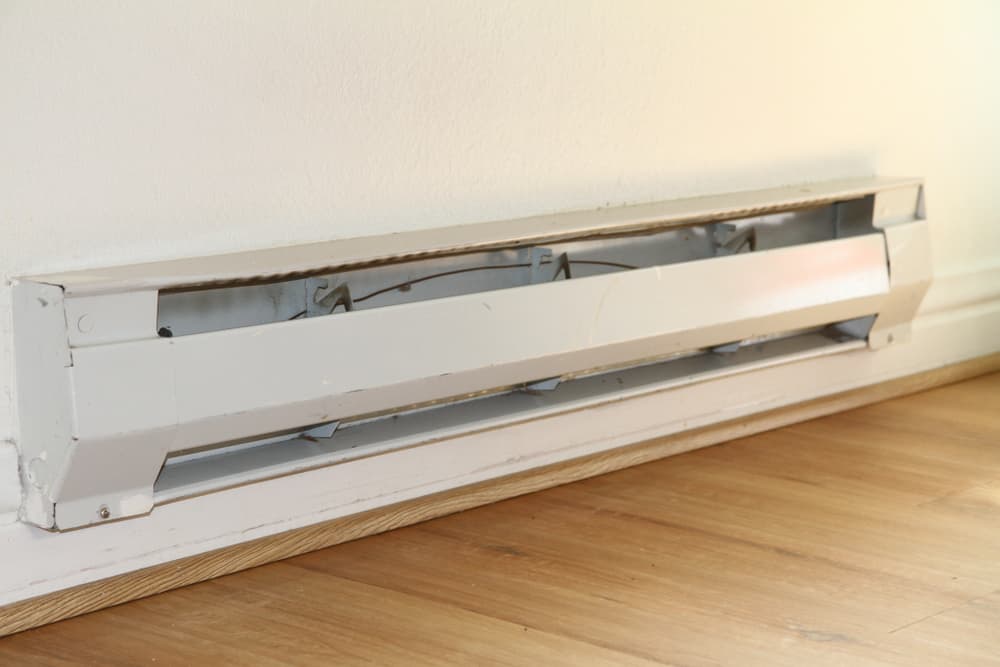
How do you Wire the Baseboard Heater?
Breaker and Circuit Wiring
Wiring a baseboard heater is simple. You need to buy a thermostat and attach it securely to the heater. Connect your wiring system by attaching black (or red) wires from the heating element of your baseboard heater to the power supply line, then attach the white (neutral) wire that goes back into your wall’s electrical box for grounding. A licensed electrician should install the breaker and make the final connections at the service panel.
Thermostat Wiring
When using a separate thermostat for your baseboard heater, you need to understand that the thermostat wiring connections vary for 240-volt and 120-volt circuits. The 240-volt connection for the power supply line (black wire) requires a double-pole breaker in your service panel. A 120-volt link does not use this breaker, and you can connect it to any standard household outlet.
Heater Wiring
Circuit wires from the thermostat connect to the heater according to the systems manual. With 240-volt circuits, the black and red wires connect to the heater’s power supply line and load side, respectively. With 120-volt circuits, these two connections are interchangeable—the only difference is that a 240-volt course will require a separate double pole breaker installed in your service panel.
How do you Know If Your Wiring is Safe?
It’s easy to detect a potentially hazardous wiring situation by checking for scorch marks or discoloration on baseboards and walls. If you notice any blackened areas around your heater, shut off the power immediately to avoid being burned by exposed wires.
Baseboard Heater Wiring Codes
There are different restrictions in different provinces and states. Some are very strict, while others don’t have any limits for this kind of wiring system installation. Let’s take a look at some of the codes.
- The U.S.A. If you fix the equipment, it cannot exceed 50% of the circuit capacity for a shared circuit. (EX: 1200 Watts for a 20 amp circuit, 900 Watts for a 15 amp circuit). Furthermore, the baseboard shall have an easily recognizable switch on the life wire (black).
- Canada. Certain provinces have specific restrictions for the wattage of baseboard heaters. The maximum allowed in Ontario is 1500 watts, while it cannot exceed 800 watts in Alberta and British Columbia.
- Australia. In Australia, a heater can only draw up to 20% more than its rated current (CA Regulations). Here are some other requirements:
- A wiring system should be kept clear from other sources that may affect safety.
- Use the correct sized cables with an accurate temperature rating.
- Do not use aluminum wire except for special approval by an inspector.
- Provide adequate support for all heating elements installed outside walls, cabinets, etc.
- Maintain clearance between electric bed elements & insulation.
Conclusion
Wiring a baseboard heater to an electric outlet is not recommended because it’ll probably pull more than 1500 watts. It can damage the plug and associated wiring in the wall as well as trip a breaker. It would be best if you had a particular circuit for baseboard heaters that can handle the amperage of around 30 amp rating or better. It is essential to follow the manufacturer’s instructions for the installation of electrical wiring. It would be best if a qualified electrician would perform all the work.

